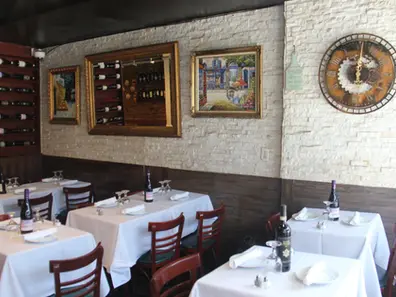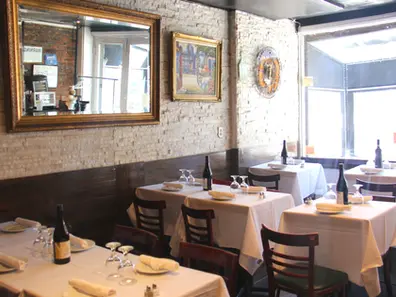
Chef Saúl Morocho, born in San Bartolomé de Déleg in the province of Cañar, southern Ecuador, is one of four siblings—all of whom have devoted themselves to New York’s hospitality industry for many decades. Their journey was made possible by the pioneering work of their father, Luis Morocho, who was the first in the family to emigrate over 50 years ago to what is often called the Capital of the World.
Saúl Morocho emigrated at a remarkably young age, arriving in New York at just seventeen. By that time, his father and uncles had already established themselves within the city’s vibrant restaurant industry. Don Luis Morocho, Saúl’s father, first set foot in New York during the 1960s, paving the way for his brothers Vicente and Samuel, who would later join him in working at traditional Italian establishments. It was an era defined by the popularity of classic, comforting dishes—Pasta Alfredo, Carbonara, meatballs, spaghetti, and Pollo alla Cacciatora—all fondly remembered by Chef Morocho as emblematic of the time.
Since arriving in New York, Chef Saúl Morocho settled on 52nd Street in Woodside, where he has lived ever since emigrating to the city. He vividly recalls his very first job, on 81st Street and Second Avenue in Manhattan’s Upper East Side. One of the most memorable moments of his professional journey was at Helios restaurant, where Chef Pino prepared an Italian dish that left a lasting impression. “I was absolutely stunned by the linguini in shellfish sauce”, he recalls. “I had never tasted pasta like that in my life. The flavor was otherworldly—truly unlike anything I had ever experienced.”
Having been deeply immersed in the evolution of Italian cuisine in New York City, he reflects: “The Italian cuisine I encountered was already modern—what was considered old-fashioned had long been surpassed. In the 1980s and 1990s, a new wave of Italian cooking began to take shape in New York. We started seeing innovative pasta dishes, duck ragù, rabbit ragù, and creative combinations like pasta with broccoli rabe, clams, and burrata. Fresh beans, more diverse flavors, and vibrant colors became part of the culinary landscape.”
Reflecting on the integration of Peruvian cuisine into his highly personal culinary style, Chef Saúl Morocho shares: “My introduction to Peruvian flavors came through working alongside Peruvian colleagues. In 1991, when Peruvian cuisine was still relatively unknown in New York, we visited 103rd Street in Corona, where I first tasted Peruvian ceviche and Lomo saltado. Shortly afterward, that colleague disappeared from the scene—until I came across an advertisement for him in Noticias del Mundo newspaper. I went to visit him and tried his roasted chicken, seasoned in true Peruvian fashion. That moment changed everything. I fell in love with the flavor, and from that point on, it all began with the taste of that chicken.”
Chef Saúl Morocho fondly recalls his time at the acclaimed Canova restaurant on Fifth Avenue in Manhattan, nestled between 65th and 66th Streets. With quiet pride, he shares the story of his entrepreneurial journey: “I opened my first restaurant twenty-five years ago in Long Island City, Queens, built around the flavors of Peruvian-style rotisserie chicken. That’s why I named it Los Pollos. In Sunnyside, the neighborhood I’ve always called home, I launched a new venture in 2016. Since 2018, it has evolved into Bistro Punta Sal."
“With my prior experience in Italian and French cuisine, I began visiting Peruvian restaurants as I prepared to open my own establishment—fully confident that I could surpass them. I had never worked in a Peruvian restaurant before.”
Saúl Morocho
Ecuadorian-American Chef


